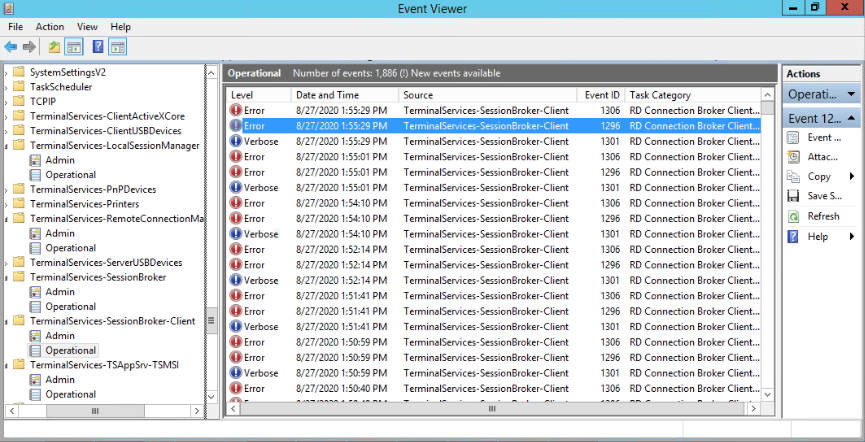

- Changing ownership of a networkview object full#
- Changing ownership of a networkview object registration#
- Changing ownership of a networkview object professional#

Objects include files, folders, printers, registry keys, and Active Directory Domain Services (AD DS) objects.
Changing ownership of a networkview object full#
Security principals perform actions (which include Read, Write, Modify, or Full control) on objects. During the access control check, these permissions are examined to determine which security principals can access the resource and how they can access it. Each resource has an owner who grants permissions to security principals. They are assigned rights and permissions that inform the operating system what each user and group can do. In the access control model, users and groups (also referred to as security principals) are represented by unique security identifiers (SIDs). Shared resources are available to users and groups other than the resource’s owner, and they need to be protected from unauthorized use. After a user is authenticated, the Windows operating system uses built-in authorization and access control technologies to implement the second phase of protecting resources: determining if an authenticated user has the correct permissions to access a resource. Feature descriptionĬomputers that are running a supported version of Windows can control the use of system and network resources through the interrelated mechanisms of authentication and authorization. Key concepts that make up access control are permissions, ownership of objects, inheritance of permissions, user rights, and object auditing.
Changing ownership of a networkview object professional#
if this viewID was not manually assigned (and we're not shutting down or loading a level), you should use PhotonNetwork.Destroy() to get rid of GOs with PhotonViewsĭebug.This topic for the IT professional describes access control in Windows, which is the process of authorizing users, groups, and computers to access objects on the network or computer. destroyedByPhotonNetworkOrQuit & ! Application. Protected internal void OnApplicationQuit()ĭestroyedByPhotonNetworkOrQuit = true // on stop-playing its ok Destroy is being called directly (not by PN.Destroy()) ownerId = newOwnerId // immediately switch ownership locally, to avoid more updates sent from this client. Public void TransferOwnership( int newOwnerId) Public void TransferOwnership( PhotonPlayer newOwner) / Transfers the ownership of this PhotonView (and GameObject) to another player. / The owner/controller of a PhotonView is also the client which sends position updates of the GameObject. / The current owner might have to implement IPunCallbacks.OnOwnershipRequest to react to the ownership request. / Requesting ownership can give you control over a PhotonView, if the ownershipTransfer setting allows that. / Depending on the PhotonView's ownershipTransfer setting, any client can request to become owner of the PhotonView.
Changing ownership of a networkview object registration#
registration might be too late when some script (on this GO) searches this view BUT GetPhotonView() can search ALL in that case / Called by Unity on start of the application and does a setup the PhotonView. Protected internal bool destroyedByPhotonNetworkOrQuit

Protected internal bool isRuntimeInstantiated / True if this is a scene photonview on the Master client. / True in case the owner matches the local PhotonPlayer. / PUN has an ownership concept that defines who can control and destroy each PhotonView. / True if the PhotonView is "mine" and can be controlled by this client.

PhotonNetwork Framework for Unity - Copyright (C) 2011 Exit Games GmbH


 0 kommentar(er)
0 kommentar(er)
